Top 18 Data Ingestion Tools
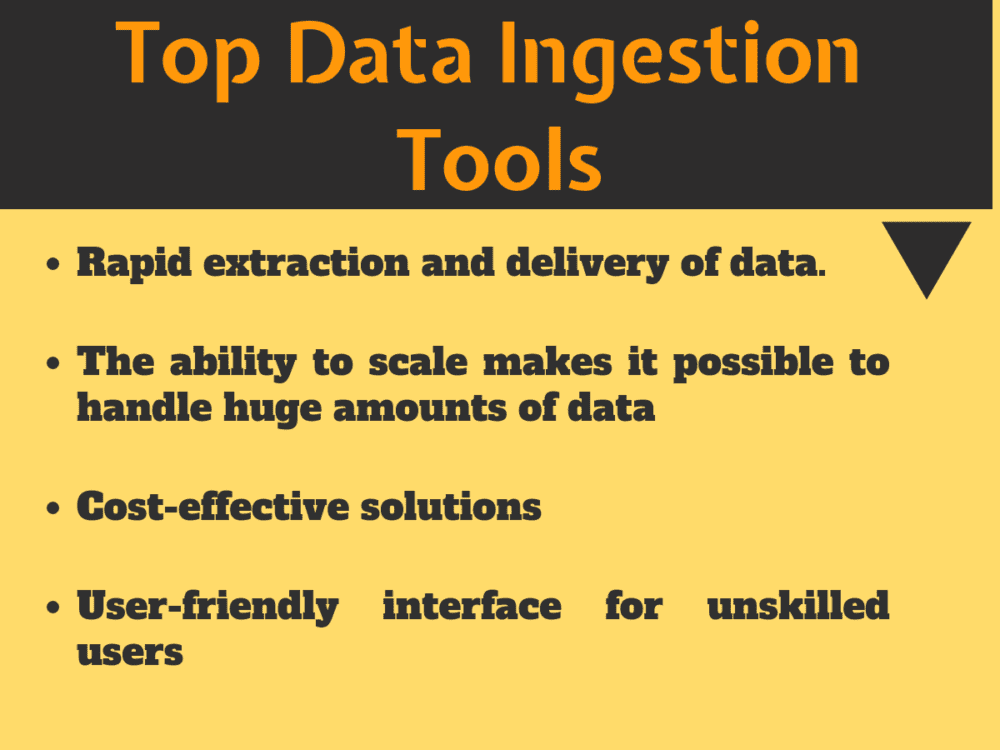
One of the key challenges faced by modern companies is the huge volume of data from numerous data sources. We are in the Big Data era where data is flooding in at unparalleled rates and it’s hard to collect and process this data without the appropriate data handling tools.
Choosing the appropriate tool is not an easy task, and it’s even more difficult to handle large volumes of data if the company is not aware of the available tools. Nevertheless, many contemporary companies that deal with substantial amounts of data utilize different types of tools to load and process data from various sources in an efficient and effective manner.
Data ingestion is one of the first steps of the data handling process. With the right data ingestion tools, companies can quickly collect, import, process, and store data from different data sources.
What are the Top Data Ingestion Tools: Apache Kafka, Apache NIFI, Wavefront, DataTorrent, Amazon Kinesis, Apache Storm, Syncsort, Gobblin, Apache Flume, Apache Sqoop, Apache Samza, Fluentd, Wavefront, Cloudera Morphlines, White Elephant, Apache Chukwa, Heka, Scribe and Databus are some of the Data Ingestion Tools.
What are Data Ingestion Tools?
The process of importing, transferring, loading and processing data for later use or storage in a database is called Data ingestion and this involves loading data from a variety of sources, altering and modification of individual files and formatting them to fit into a larger document.
Data ingestion can be continuous, asynchronous, real-time or batched and the source and the destination may also have different format or protocol, which will require some type of transformation or conversion.
Data ingestion tools provide a framework that allows companies to collect, import, load, transfer, integrate, and process data from a wide range of data sources. They facilitate the data extraction process by supporting various data transport protocols.
In addition to gathering, integrating, and processing data, data ingestion tools help companies to modify and format the data for analytics and storage purposes. With these tools, users can ingest data in batches or stream it in real time. Real-time data ingestion means importing the data as it is produced by the source. On the other hand, ingesting data in batches means importing discrete chunks of data at intervals.
Companies that use data ingestion tools need to prioritize data sources, validate each file, and dispatch data items to the right destination to ensure an effective ingestion process. Although some companies develop their own tools, most companies utilize data ingestion tools developed by experts in data integration.
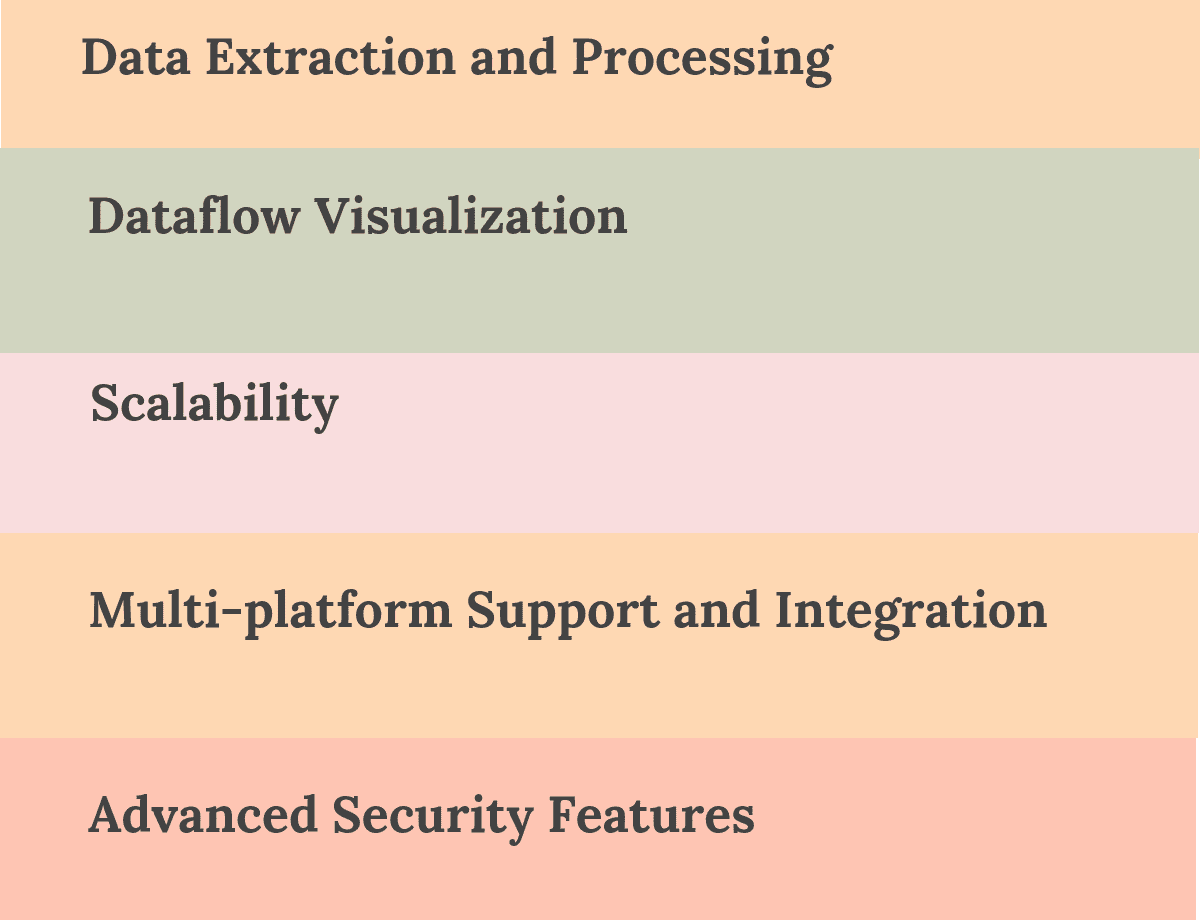
Top Data Ingestion Tools
- Data Extraction and Processing: The main objective of data ingestion tools is to extract data and that’s why data extraction is an extremely important feature. As mentioned earlier, data ingestion tools use different data transport protocols to collect, integrate, process, and deliver data to the appropriate destinations.
- Dataflow Visualization: This feature allows users to visualize dataflow. A simple drag-and-drop interface makes it possible to visualize complex data and find an effective way to simplify the data.
- Scalability: The most effective data ingestion tools can scale to accommodate different data sizes and meet the processing needs of the organization because they are designed for extension. This is possible because users can configure nodes to increase the number of transactions or parallel tasks performed by the processor.
- Multi-platform Support and Integration: Another important feature is the ability to extract all types of data from multiple data sources in the cloud or on premises. Data ingestion tools can regularly access data from different types of databases and operating systems without impacting the performance of these systems.
- Advanced Security Features: The best data ingestion tools utilize various data encryption mechanisms and security protocols such as SSL, HTTPS, and SSH to secure company data.
Some of the benefits include:
- Rapid extraction and delivery of data.
- The ability to scale makes it possible to handle huge amounts of data.
- Cost-effective solutions.
- User-friendly interface for unskilled users.
Top Data Ingestion Tools
Apache Kafka
Apache Kafka is an open-source message broker project to provide a unified, high-throughput, low-latency platform for handling real-time data feeds. Kafka is a distributed, partitioned, replicated commit log service. It provides the functionality of a messaging system, but with a unique design. Kafka has a modern cluster-centric design that offers strong durability and fault-tolerance guarantees Kafka is designed to allow a single cluster to serve as the central data backbone for a large organization. It can be elastically and transparently expanded without downtime. Data streams are partitioned and spread over a cluster of machines to allow data streams larger than…
Publish and subscribe to streams of records, similar to a message queue or enterprise messaging system.
Store streams of records in a fault-tolerant durable way.
Process streams of records as they occur.
Apache NIFI
Apache NIFI supports powerful and scalable directed graphs of data routing, transformation, and system mediation logic. Some of the high-level capabilities of Apache NiFi include Web-based user interface, Seamless experience between design, control, feedback, and monitoring, data Provenance, SSL, SSH, HTTPS, encrypted content, etc, pluggable role-based authentication/authorization. Apache nifi is highly configurable with loss tolerant vs guaranteed delivery, low latency vs high throughput, dynamic prioritization, flow can be modified at runtime, back pressure. You may like to read: Top Extract, Transform, and Load, ETL Software, How to Select the Best ETL Software for Your Business and Top Guidelines for a…
Loss tolerant vs guaranteed delivery
Low latency vs high throughput
Dynamic prioritization
Flow can be modified at runtime
Back pressure
Wavefront
Wavefront is a hosted platform for ingesting, storing, visualizing and alerting on metric data. It is based on a stream processing approach invented at Google which allows engineers to manipulate metric data with unparalleled power. Wavefront makes analytics easy, yet powerful. Our query language allows time series data to be manipulated in ways that have never been seen before. The language is easy-to-understand, yet powerful enough to deal with high-dimensional data. Wavefront can ingest millions of data points per second. Leveraging an intuitive query language, you can manipulate data in real-time and deliver on actionable insights. This helps to address…
DataTorrent
DataTorrent is the leader in real-time big data analytics. DataTorrent RTS provide high performing, fault tolerant unified architecture for both data in motion and data at rest. The engine provides a complete set of system services freeing the developer to focus on business logic. The platform is capable of processing billions of events per second and recovering from node outages with no data loss and no human intervention DataTorrent RTS is proven in production environments to reduce time to market, development costs and operational expenditures for Fortune 100 and leading Internet companies. DataTorrent RTS provides pre-built connectors for the most…
Syncsort
Syncsort provides enterprise software that allows organizations to collect, integrate, sort and distribute more data in less time, with fewer resources and lower costs. Syncsort software provides specialized solutions spanning “Big Iron to Big Data,” including next gen analytical platforms such as Hadoop, cloud, and Splunk. Syncsort offers fast, secure, enterprise grade products to help the world’s leading organizations unleash the power of Big Data. With Syncsort, you can design your data applications once and deploy anywhere: from Windows, Unix & Linux to Hadoop; on premises or in the Cloud. Syncsort DMX-h was designed from the ground up for Hadoop…
Elevating performance & efficiency - to control costs across the full IT environment, from mainframe to cloud
Assuring data availability, security and privacy to meet the world’s demand for 24x7 data access
Amazon Kinesis
Amazon Kinesis is a fully managed, cloud-based service for real-time data processing over large, distributed data streams. Amazon Kinesis can continuously capture and store terabytes of data per hour from hundreds of thousands of sources such as website clickstreams, financial transactions, social media feeds, IT logs, and location-tracking events. Amazon Kinesis enables data to be collected, stored, and processed continuously for Web applications, mobile devices, wearables, industrial sensors,etc. Web applications, mobile devices, wearables, industrial sensors, and many software applications and services can generate staggering amounts of streaming data – sometimes TBs per hour – that need to be collected, stored,…
Apache Samza
Apache Samza is a distributed stream processing framework. It uses Apache Kafka for messaging, and Apache Hadoop YARN to provide fault tolerance, processor isolation, security, and resource management. Unlike most low-level messaging system APIs, Samza provides a very simple callback-based “process message” API comparable to MapReduce. Samza manages snapshotting and restoration of a stream processor’s state. When the processor is restarted, Samza restores its state to a consistent snapshot. Samza is built to handle large amounts of state (many gigabytes per partition). Whenever a machine in the cluster fails, Samza works with YARN to transparently migrate your tasks to another…
Gobblin
Gobblin is a universal data ingestion framework for extracting, transforming, and loading large volume of data from a variety of data sources, such as databases, rest APIs, FTP/SFTP servers, filers, etc., onto Hadoop. Gobblin handles the common routine tasks required for all data ingestion ETLs, including job, task scheduling, task partitioning, error handling, state management, data quality checking, data publishing, etc.Gobblin ingests data from different data sources in the same execution framework, and manages metadata of different sources all in one place. This, combined with other features such as auto scalability, fault tolerance, data quality assurance, extensibility, and the ability…
Apache Flume
Apache Flume is a distributed, reliable, and available service for efficiently collecting, aggregating, and moving large amounts of log data. It has a simple and flexible architecture based on streaming data flows. It is robust and fault tolerant with tunable reliability mechanisms and many failover and recovery mechanisms. It uses a simple extensible data model that allows for online analytic application. Features include New in-memory channel that can spill to disk, A new dataset sink that use Kite API to write data to HDFS and HBase, Support for Elastic Search HTTP API in Elastic Search Sink and Much faster replay…
Apache Sqoop
Apache Sqoop is a tool designed for efficiently transferring bulk data between Apache Hadoop and structured datastores such as relational databases.Sqoop supports incremental loads of a single table or a free form SQL query, saved jobs which can be run multiple times to import updates made to a database since the last import. Imports can also be used to populate tables in Hive or HBase.Exports can be used to put data from Hadoop into a relational database. Sqoop got the name from sql+hadoop
Fluentd
Fluentd is an open source data collector, which lets you unify the data collection and consumption for a better use and understanding of data. Fluentd offers features such as a community-driven support, ruby gems installation, self-service configuration, OS default Memory allocator, C & Ruby language, 40mb memory, requires a certain number of gems and Ruby interpreter and more than 650 plugins available. Fluentd tries to structure data as JSON as much as possible which allows Fluentd to unify all facets of processing log data such as collecting, filtering, buffering, and outputting logs across multiple sources and destinations (Unified Logging Layer).…
• Unified Logging with JSON
• Pluggable Architecture
• Minimum Resources Required
• Built-in Reliability
• Free
Apache Storm
Apache Storm is a distributed realtime computation system. Storm makes it easy to reliably process unbounded streams of data, doing for realtime processing what Hadoop did for batch processing. Storm has many use cases: realtime analytics, online machine learning, continuous computation, distributed RPC, ETL, and more.Storm has many use cases: realtime analytics, online machine learning, continuous computation, distributed RPC, ETL, and more. Storm is fast: a benchmark clocked it at over a million tuples processed per second per node. It is scalable, fault-tolerant, guarantees your data will be processed, and is easy to set up and operate. Storm integrates with…
Apache Storm What are Data Ingestion Tools? The process of importing, transferring, loading and processing data for later use or storage in a database is called Data ingestion and this involves loading data from a variety of sources, altering and modification of individual files and formatting them to fit into a larger document. Data ingestion can be continuous, asynchronous, real-time or batched and the source and the destination may also have different format or protocol, which will require some type of transformation or conversion. What are the Top Data Ingestion Tools? Apache Kafka, Apache NIFI, Wavefront, DataTorrent, Amazon Kinesis, Apache Storm, Syncsort, Gobblin, Apache Flume, Apache Sqoop, Apache Samza, Fluentd, Wavefront, Cloudera Morphlines, White Elephant, Apache Chukwa, Heka, Scribe and Databus are some of the Data Ingestion Tools.













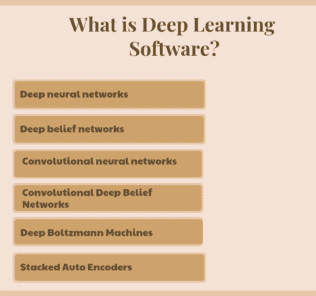
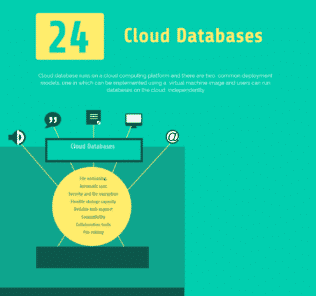
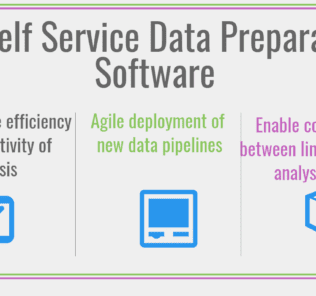

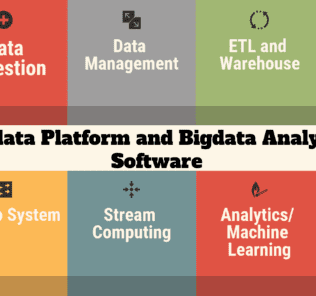
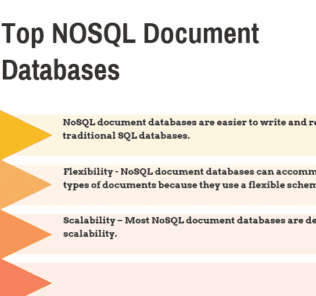




ADDITIONAL INFORMATION
You seem to have missed StreamSets Data Collector. Also, Datatorrent went bust last year. (Disclosure – I’m Director of Evangelism at StreamSets)